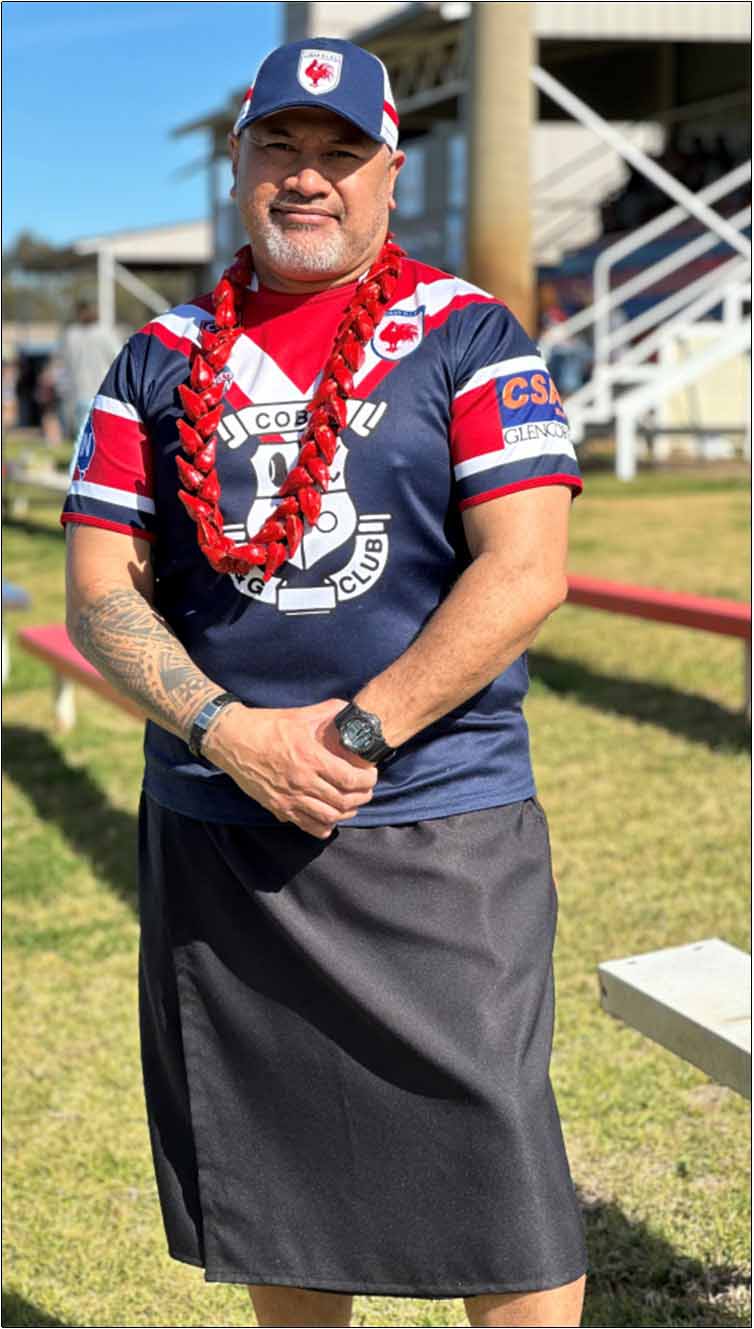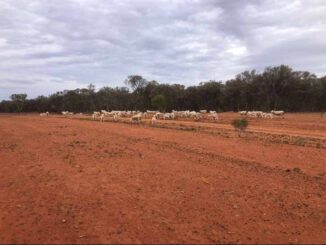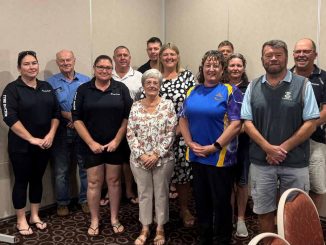
The Cobar Roosters Rugby League Club held a Multicultural Round on Saturday at Tom Knight Memorial Oval with players wearing jerseys that reflected more than a dozen different heritages.
Prior to the First Grade game kick off, local indigenous elders Elaine and Janine Ohlsen gave a Welcome to Country presentation.
Stephen Gillette then led a group of players and family members in the New Zealand haka, which is traditionally performed to display a tribe’s pride, strength and unity.
Roosterettes player, Kayla Hasson-Williams, who is of Maori descent, designed the special jerseys worn by the Ladies League Tag team and First Grade side for the club’s Castlereagh League Round 14 games on Saturday.
“This jersey represents our players, our volunteers, our staff and also our families and our heritage,” Kayla told The Cobar Weekly.
“The stars on the back represent the 15 islands that make up the Cook Islands.
“Then on the front and back is the Maori design which is indigenous of New Zealand, and on the sleeves we’ve blended together the Tongan and Samoan patterns and their colours, red for Tonga and blue for Samoa.”
Stripes on the left hand sleeves represented Papua New Guinea while the stripes on the right sleeve were the colours of the Irish flag.
“The boomerangs on the front represents Indigenous Australia,” Kayla explained.
Mark Aumua, a retired Cobar Roosters First Grade player (and dad to a current Roosterettes player Brennah Aumua) donned his traditional Samoan dress to celebrate the day.
While Mark was born in New Zealand, like many Pacific Islanders in the 1950’s through to the 1970’s, his parents had migrated from Samoa to work and seek opportunities like education for their children, like Mark and his four younger siblings.
“My grandfather was a Tulafale Alii- Orator High Chief from Salelesi, Upolu, Samoa,” Mark told The Cobar Weekly.
“The name AUMUA is a Chief title name.”
Mark explained his formal black lavalava is a sarong (or le Faitaga in the Samoan language).
“We wear it during formal occasions like funerals or weddings and, in this case, showcasing our Samoan culture at the Roosters Multicultural day,” Mark explained.
Around his neck he wore an ‘ulafala red necklace that was his great grandfather’s who was an Alii-High Chief.
“It is most often worn by Samoan tulafale (orator chiefs).
“In the context of oratory performances, ‘ulafala are important markers of social status.
“In other social and ceremonial situations they can help identify a special guest or simply act as an attractive adornment.
The ‘Ulafala are made from segments of the pandanus fruit described by botanists as carpels, phalanges, or keys.
The colour of the fruit spans a range from yellow through to orange and red when ripe.
Red is a colour associated with high rank.
“This ‘ulafala has been painted bright red, making it difficult to miss at any ceremony or function,” he said.
Mark has played both rugby league and rugby union and said both are very much part of the Pacific Islander culture.
He said many Pacific Islander (or Pasifika) people involved in sport—be it playing, coaching etc, believe in the 3 F’s ethos—Football, Faith and Family.
“Polys, or Islanders, have transformed rugby league in Australia in the past decade,” Mark said.
“Every dressing room has players who trace their family history to the islands of the Pacific, most particularly Samoa, Tonga and Maoris from New Zealand, injecting their own particular brand of physicality and passion into rugby league.
“No team in the NRL this season will play without someone from the Pacific in their squad; some teams will name up to seven players in their 17.”
Mark is proud of his Samoan heritage and said his ulafala will go to his son Elias but he might also need to get a mini one for his toddler grandson, Noah.


